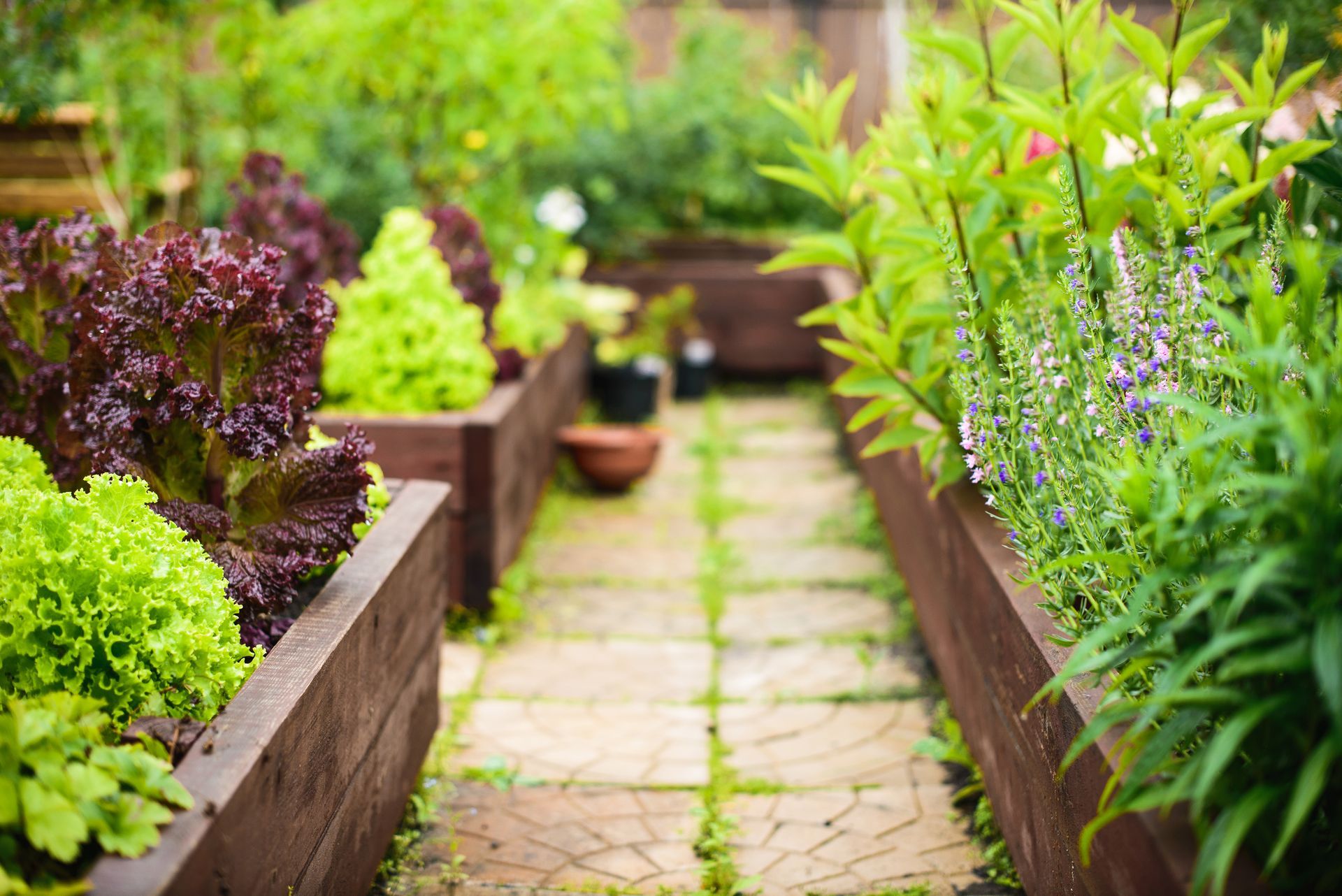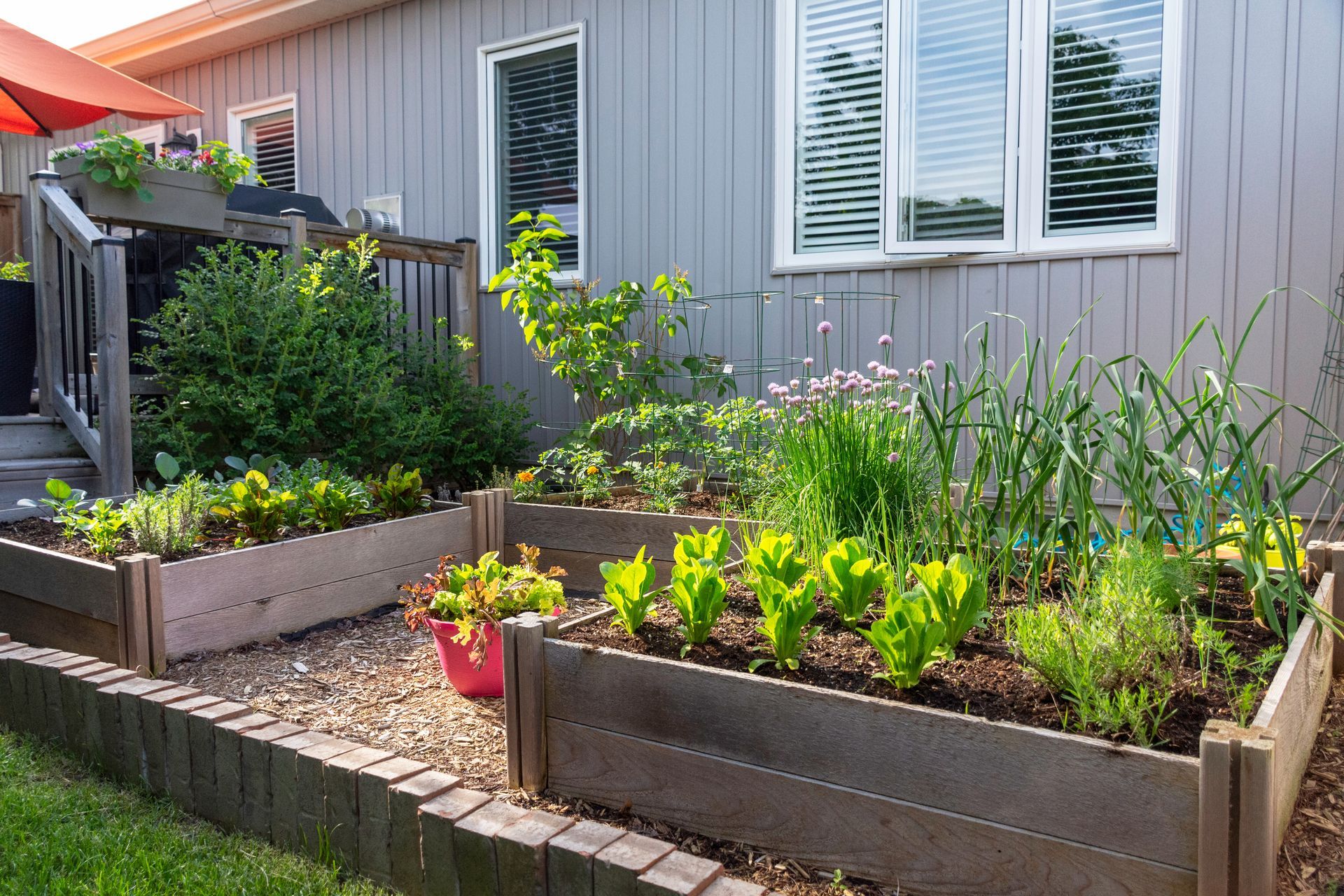Top 4 Tips You Need To Apply To Your Drip Irrigation System

Quick post today where we go over four of the most important things you need for your drip irrigation system. The whole point of drip irrigation is to spend the least time watering your plants as possible. With these four things, you'll be good to go.
Table of Contents
Drip Irrigation Systems Tips & Tricks

Most people know that overhead spraying and other irrigation methods are useless for watering large amounts of plants or crops in a garden. But they don't understand that they can be just as inefficient with their drip irrigation system. The four most important drip irrigation parts you must have are:
- Pressure Regulators
- Dripper Flow Rates
- Shut Off Valves
- Fertilizers Through Drip Irrigation
Pressure Regulators
Most drip irrigation systems can only handle up to 25 PSI of water pressure before the water blows out the lines. Don't install a drip irrigation line without one. Hook it right up to the water source and your drip systems good to go.
If you use rainwater or gravity irrigation, you won't need a pressure regulator. But if you are like most people and using water from the mainline of the house, which connects to water from the street, you will need a pressure regulator to distribute water. This high water pressure will cause leaks through your irrigation line.
When you are building out your drip irrigation system, be sure to read the documentation. 25 PSI is a good rule of thumb for most systems, but yours could have different pressure requirements.
Dripper Flow Rates
Two prominent dripper flow rates are 1 Gallon Per Hour (GPH) and 0.5 GPH. Don't get overwhelmed by all the different flow rates. Each water point source will be limited to the 25 PSI we set earlier. But they may not emit water equally.
The more drip emitters you have in the line, the more water supply you'll be using. So even though you might have 10 x 1 GPH lines, they may not all deliver water at that 25 PSI. It takes balance. Just know that 1 GPH will always put out double the water of a 0.5 GPH line.
If you are putting your drip emitters to potted plants, you would put the 1 GPH line to the larger plants and the 0.5 GPH to the smaller plant. Given each line may not be delivering the full 25 PSI of water, at least you know the larger container plants are getting more water it'll need to grow.
Shut Off Valves
Install shut-off valves for each row or raised bed you are gardening in. If you don't have a garden full of the same plants, installing shut-off valves is important because, over the season, you'll be harvesting some plants before others.
If you don't have a shut-off valve at locations where plants are harvested, you'll just have water forever dripping into empty soil. Not only will you waste water, but you'll be damaging the soil.
Shut-off valves are cheap and easy to install. You would be a fool not to install them in your line. They are easily one of the most important drip irrigation fittings you cant have.
Fertilizers Through Drip Irrigation
Watering and fertilizing go hand in hand as the worst part of gardening. Both take an exorbitant amount of time most people don't have. If you are going this far by installing a drip irrigation system, why not go a little further and start fertilizing through the lines?
Run a water-soluble fertilizer through the drip lines and evenly distribute them to your plants. The problem with this is the delivery system. If you have rainwater drip irrigation buckets that are gravity-feeding water into your system, you have to pour the fertilizer into the rainwater, and you are all set.
If you don't have a rainwater bucket, no worries. But you'll need to buy a fertilizer injector to put the fertilizer into your system. Mix the fertilizer into the bucket per the instructions.
Connect the injector system to the mainline after the pressure regulator. Water will flush into the bucket, and mix the highly concentrated fertilizer into your watering system. Make sure the fertilizer is mixed homogeneously to prevent clogging. It is an extremely easy and efficient way to get water to your garden.
Sweet New Earth's Final Say Drip Irrigation Tips
Drip irrigation systems are great for flower beds, potted plants and vegetable gardens. Its one of the best irrigation methods because it delivers water in a controlled manner, so you not only save water but you prevent fungal diseases and other watering inefficiencies due to water evaporation.
It's no wonder drip irrigation has become increasingly popular over the last decade. You can deliver water and nutrients directly to your plants and crops with half the effort. Even cold climates can benefit from a good drip irrigation kit. We would highly recommend you pick your a drip irrigation system if you haven't yet.

Carl Anderson
Carl Anderson is an avid outdoorsman with a keen interest in writing about and reviewing tools. He has over 20 years of writing experience and the only time he isn't feverishly typing away at his computer is when he's outside in nature working on his projects. You can learn more about him here.
Join our community!
Join to receive guides, insights, and the latest gardening deals!
